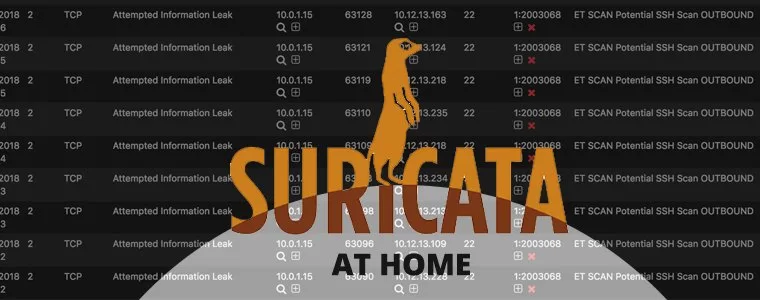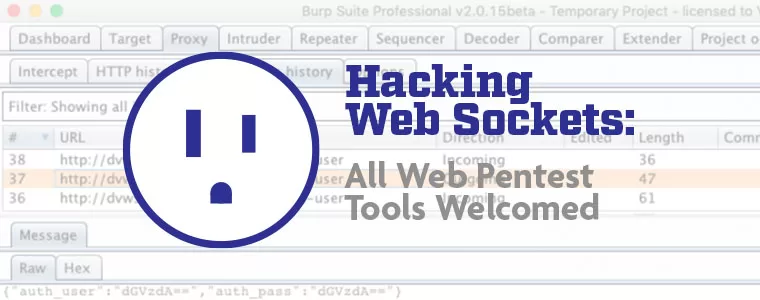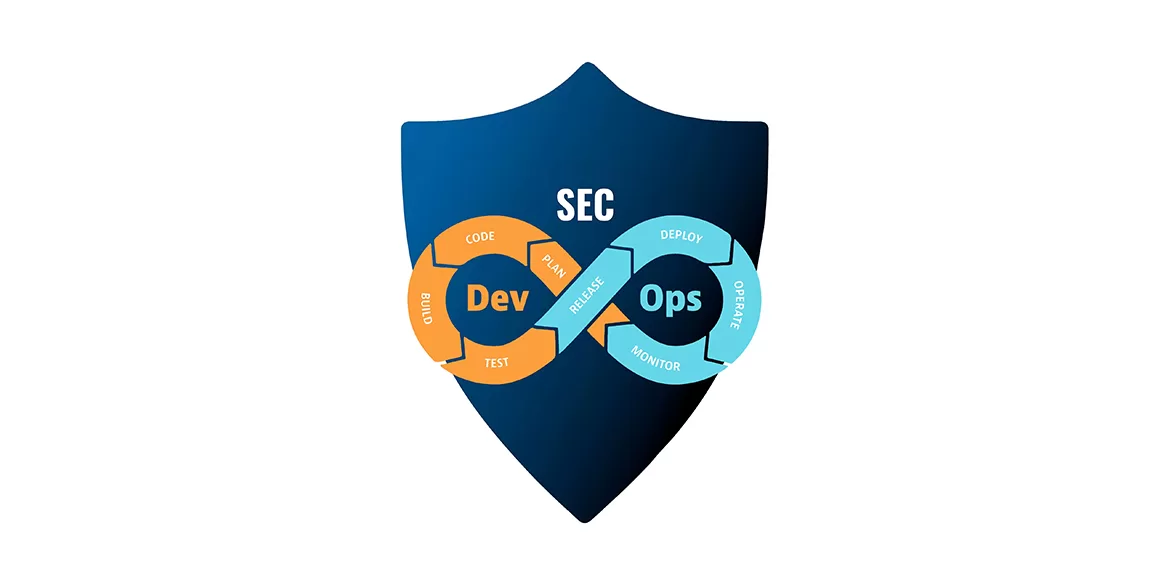Overview of Fuzzing
Fuzzing isn't just another buzzword—it's a proven technique for uncovering vulnerabilities that could compromise your organization's security.
What is Fuzzing?
Fuzzing, a sophisticated variant of Dynamic Application Security Testing (DAST), stands at the forefront of software development organizations worldwide for identifying code issues. Unlike human-driven testing, fuzz testing explores millions of input variations to uncover crashes, bugs, and security vulnerabilities that manual testing may overlook.
In today’s cybersecurity landscape, the ability to unearth these critical security flaws is paramount. At VDA, we specialize in integrating fuzz testing into your software security program to enhance issue discovery and resolution. With a team boasting extensive experience in fuzzing, including our founder Dr. Jared DeMott, whose PhD thesis centered on “Enhancing Automated Fault Discovery and Analysis,” and who co-authored the book “Fuzzing for Software Security Testing and Quality Assurance,” we offer unparalleled expertise in the field. Additionally, our Application Security for Hackers and Developers course, featured at leading conferences like Black Hat, provides comprehensive training on advanced fuzzing techniques, ensuring your team remains at the forefront of security innovation.
Advanced Fuzzing Explained
While fuzz testing originated with simple mutation and generation methods, its evolution has introduced a myriad of sophisticated options. Today, protocol fuzzers can target network services, while smart fuzz testers tailor their approach based on the format they’re assessing, optimizing their effectiveness. Moreover, leading fuzzers incorporate instrumentation to guide testing and ensure comprehensive code coverage, a technique known as code coverage.
Crucially, scalability is key to success. Cutting-edge fuzzing systems leverage parallel scaling to accelerate testing, enabling millions of test cases to be executed within a short timeframe. This scalability, though complex in terms of crash reporting and triage, significantly enhances coverage.
Improve Your Security Posture with Fuzzing
Fuzzing offers several benefits for organizations looking to bolster their security posture. By systematically testing software for weaknesses, fuzzing helps identify and remediate vulnerabilities that could be exploited by attackers. This proactive approach not only reduces the risk of security breaches but also enhances the overall reliability and robustness of software applications. Additionally, fuzzing enables organizations to comply with industry regulations and standards by ensuring the security and integrity of their systems.
What Can Fuzz Testing Uncover?
Software bugs can lurk undiscovered in code for years, as seen with the ShellShock vulnerability, which persisted in the BASH shell for 25 years. Fuzzing aims to accelerate the discovery of latent issues by rigorously exercising code. While not every bug uncovered by fuzzing poses a severe security risk, developers are keen to address various other issues commonly detected through this method.
Fuzz testing can reveal:
Fuzz testing can uncover vulnerabilities that cause software applications to crash or behave unexpectedly when exposed to unexpected or malformed input. These crashes may indicate potential security flaws or weaknesses in the application's error handling mechanisms.
Fuzzing can identify various security vulnerabilities, including buffer overflows, injection flaws, authentication bypasses, and other types of vulnerabilities that could be exploited by attackers to compromise the security of the system.
Fuzz testing can reveal weaknesses in the application's resilience to denial-of-service attacks. These weaknesses may manifest as resource exhaustion, memory leaks, or other conditions that could be exploited to disrupt the availability or performance of the application.
Fuzzing may uncover performance issues such as excessive memory consumption, inefficient algorithms, or bottlenecks that degrade the application's performance under certain conditions. While not necessarily security vulnerabilities, these issues can impact the usability and reliability of the application.
Fuzz testing can detect unexpected behavior in the application, such as deviations from specified protocols or standards, erratic responses to input, or inconsistencies in data processing. These anomalies may indicate underlying flaws in the application's logic or implementation that could pose security risks or compromise data integrity.
Stay Ahead of Threats with VDA Labs' Fuzzing Service
VDA Labs' comprehensive fuzzing service enables you to proactively identify and mitigate vulnerabilities before they can be exploited by malicious actors.
Fuzzing Tools
When it comes to fuzzing, technology matters.
That's why VDA Labs invests in the latest tools and technologies to deliver superior results for our clients. Our arsenal includes both commercial and open-source fuzzing frameworks, as well as proprietary fuzzing engines developed by our team of experts. We continuously evaluate and incorporate new fuzzing technologies to ensure that our clients receive the most effective and comprehensive fuzzing services available.
The VDA team of experts has deep knowledge of modern fuzzing practices. This means knowing what type of fuzzer can be used where, having the ability to create custom fuzzers for new protocols, or instrumenting binaries to assess vulnerabilities with LibFuzzer or AFL.
These are just a few of the tools we use:
LibFuzzer is a highly efficient coverage-guided fuzzing engine integrated into the LLVM compiler infrastructure. It is designed to be simple to use and fast, making it a popular choice for testing various software components.
Key Features:
- Integrated with LLVM.
- Lightweight and easy to use.
- Provides coverage-guided fuzzing capabilities.
Use Cases:
LibFuzzer is commonly used for testing libraries, APIs, and standalone programs. It is particularly effective for finding memory safety issues and other vulnerabilities in C and C++ codebases.
AFL is a popular and highly effective fuzzing tool known for its innovative approach to test case generation. It uses a combination of genetic algorithms and code coverage metrics to generate inputs that exercise different code paths in the target program.
Key Features:
- Innovative mutation-based fuzzing technique.
- Provides detailed code coverage information.
- Supports efficient feedback-driven testing.
Use Cases:
AFL is widely used for testing both open-source and proprietary software across various domains, including web applications, network protocols, and file formats.
BooFuzz is a Python-based fuzzing framework that provides a flexible and extensible platform for conducting black-box fuzz testing. It allows testers to define complex fuzzing scenarios and automate the generation of test cases.
Key Features:
- Python-based scripting interface.
- Support for black-box fuzzing.
- Extensible architecture with plugin support.
Use Cases:
BooFuzz is commonly used for testing network protocols, APIs, and command-line interfaces (CLIs) where source code access is limited or unavailable.
Mayhem is an advanced symbolic execution-based fuzzing tool developed by ForAllSecure. It combines symbolic execution with concrete fuzzing to explore program paths and generate inputs that trigger unique code paths and vulnerabilities.
Key Features:
- Hybrid approach combining symbolic execution and fuzzing.
- Automatic test case generation.
- Support for finding complex vulnerabilities.
Use Cases:
Mayhem is often used for testing critical software components such as operating systems, kernels, and device drivers where traditional fuzzing techniques may fall short.
MSRD is a cloud-based fuzz testing service offered by Microsoft. It leverages advanced fuzzing techniques and machine learning algorithms to identify security vulnerabilities and bugs in software applications.
Key Features:
- Cloud-based fuzz testing platform.
- Integration with Azure DevOps for seamless workflow.
- Machine learning-driven vulnerability detection.
Use Cases:
MSRD is suitable for testing a wide range of software applications, including web applications, client-server applications, and IoT devices, to uncover security vulnerabilities and enhance overall resilience.
Cybersecurity Insights
Related Cybersecurity Resources
Book a Consultation

Ready to take your security to the next level? Look no further than VDA Labs' Advanced Fuzzing Services. Our state-of-the-art fuzzing techniques and technologies enable us to identify and mitigate vulnerabilities in your software applications with unmatched precision and efficiency.








